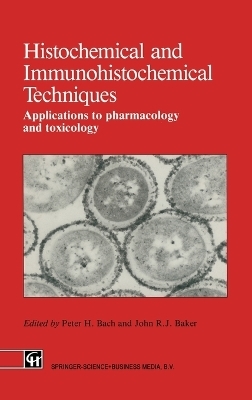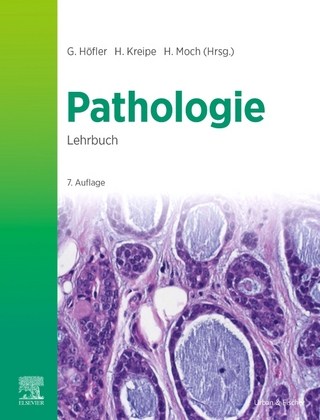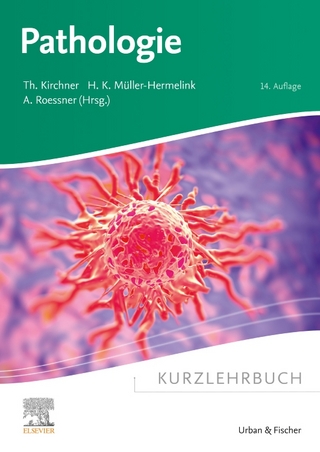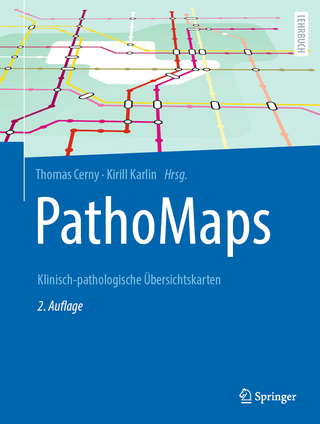
Histochemical and Immunohistochemical Techniques
Chapman and Hall (Verlag)
978-0-412-35100-6 (ISBN)
- Titel ist leider vergriffen;
keine Neuauflage - Artikel merken
Toxicological and pharmacological effects arise when chemicals interact with biophysical functions in discrete cell types. Researchers have a continuing need to screen novel compounds for their potential therapeutic needs and, once these have been discovered, to understand their molecular actions. Histochemistry can be used to facilitate the development of the knowledge on the distribution of a compound, the receptors to which it binds and the modulation of the physiological functions that are being investigated. The aim of this book is to draw conventional mechanistic biochemistry, pharmacology and toxicology closer to an appreciation of the molecular interactions between cells and chemicals. Different techniques and examples of their application are discussed, in order to show how they can provide an understanding of the mechanistic basis of chemically induced biological responses, their consequences and significance.
Part 1 Why use histochemistry for a better understanding of pharmacology and toxicology?, Richard W.Horobin: what is histochemistry?; information generated by histochemical methods; a look at the "what", "how much" and "how many" questions; how and why to do histochemistry; selection of procedures; how to assess the significance of staining; using histochemistry in pharmacology and toxicology. Part 2 Whole-body autoradiography of pharmaceuticals and chemicals, P.Bernard: theoretical aspects; whole-body autoradiography. Part 3 Image analysis, fluorescence and laser microscopy, J.S.Ploem: fluorescence image analysis; laser scanning microscopy; light and scanning electron microscopy combined in one instrument. Part 4 The measurement of free calcium to assess cellular function and injury using digital imaging fluorescence microscopy, B.F.Trump et al: methodology; examples of DIFM applications; potential future applications for DIFM in toxicologic pathology. Part 5 Flow cytometry to characteristic normal and abnormal cell function, M.G.Ormerod and J.A.Green: measurement of DNA and the cell cycle; measurement of cellular antigens; combined measurement of protein and DNA; drug uptake and reaction; intracellular enzymes; measurement of the integrity of cells; other intracellular probes; chromosome analysis. Part 6 Cytochemical quantification of enzymes in frozen tissue sections, C.J.F.van Noorden and R.Gossrau: ultra-microchemistry; cytophotometry; applications. Part 7 Fixation of tissue for histochemistry, D.Hopwood: techniques for fixation; fixatives; the biochemical nature of the material to be fixed; other factors affecting fixation; specific problems; miscellaneous problems; constraints and hazards. Part 8 Immunocytochemical methods to assess cellular malfunction, J.E.Beesley: immunocytochemical techniques - practical considerations, use in toxicology and pathology. Part 9 Cell markers and processes related to chemically induced carcinogenesis, P.Bannasch et al: localizable macromolecules; enzyme histochemistry and immunohistochemistry; biochemical microanalysis; "in situ" hybridization. Part 10 The mechanistic basis of chemical and drug-induced nephrotoxicity, W.J.Gregg et al: the biochemical basis for renal target-selective injury; glomerular injury; proximal tubular injury; renal medulla; future trends in the use of histochemical and immunohistochemical techniques. Part 11 Pollutant-induced toxity in the marine environment, M.W.Moore: approach; cellular reactions.
| Verlagsort | London |
|---|---|
| Sprache | englisch |
| Maße | 156 x 234 mm |
| Gewicht | 720 g |
| Themenwelt | Studium ► 2. Studienabschnitt (Klinik) ► Pathologie |
| ISBN-10 | 0-412-35100-5 / 0412351005 |
| ISBN-13 | 978-0-412-35100-6 / 9780412351006 |
| Zustand | Neuware |
| Haben Sie eine Frage zum Produkt? |
aus dem Bereich


